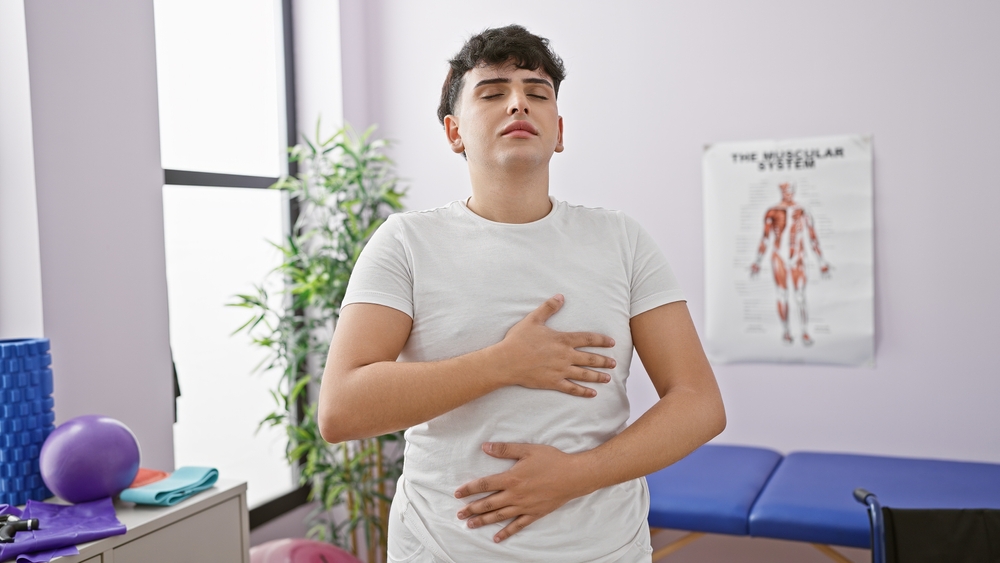Age-specific Care: Managing Spinal Curves in Children, Teens, and Adults
Scoliosis affects people at different life stages in distinct ways. This article outlines how diagnosis, monitoring, and treatment choices vary across childhood, adolescence, and adulthood, and highlights common interventions such as bracing, physiotherapy, and surgery along with modern options like telehealth for follow-up.

Scoliosis is a condition characterized by an abnormal lateral curvature of the spine that can appear in childhood, progress during growth, or emerge in adulthood due to degeneration or injury. Age influences both how a curvature behaves and which treatments are appropriate. Early diagnosis and regular monitoring help clinicians tailor care to growth patterns, activity levels, and individual goals, while balancing non-surgical options and surgical considerations where necessary.
How is diagnosis and imaging used for different ages?
Diagnosis starts with a clinical exam and may include imaging such as standing X-rays to measure curve magnitude (Cobb angle). In children and adolescents, assessment focuses on growth potential and curve progression risk; repeated imaging is timed to minimize radiation exposure while capturing meaningful change. For adults, imaging also evaluates degeneration, disc height, and spinal balance. Advanced imaging (MRI or CT) may be used when neurological symptoms, rapid progression, or concerns about underlying conditions arise. Good diagnosis combines physical signs, history, and appropriate imaging to inform a tailored plan.
How does monitoring relate to growth and adolescents?
Monitoring is central during periods of rapid growth. Adolescents often require more frequent follow-up because curves can worsen quickly during growth spurts. Growth assessments, skeletal maturity indicators, and serial measurements of the curvature guide decisions about bracing, physiotherapy, or surgical referral. Monitoring also includes functional assessment — pain, posture, respiratory function, and activity limitations — to determine the impact of the curvature. Schools, sports programs, and families benefit from coordinated monitoring to balance activity and protection of spinal health.
When are bracing and orthotics recommended?
Bracing and orthotics are common non-surgical options primarily intended to prevent progression in growing individuals with moderate curves. A well-fitted brace aims to apply corrective forces while allowing daily activities; compliance and frequent adjustment are important as the body grows. Orthotics can complement bracing when lower-limb alignment or pelvic obliquity affects spinal posture. For adults, bracing may provide symptomatic relief or postural support but typically does not alter curve progression the way it can in adolescents. Decisions about bracing depend on curve size, growth remaining, and patient preferences.
What role do physiotherapy, exercise, and rehabilitation play?
Physiotherapy and targeted exercise programs are integral across ages to improve pain management, posture, core strength, and functional mobility. In children and teens, scoliosis-specific exercises can be paired with bracing to support corrective positioning. Rehabilitation for adults often emphasizes pain control, flexibility, and strategies to maintain spinal balance while addressing degenerative changes. Multidisciplinary rehabilitation may include manual therapy, education on body mechanics, and progressive exercise plans to support daily function and reduce the likelihood of disability.
When is surgery considered for adolescents and adults?
Surgery is usually considered when curves progress despite conservative care, when curvature exceeds thresholds associated with long-term problems, or when pain and functional impairment are significant. In adolescents, fusion or growth-friendly surgical techniques aim to correct curves and preserve as much spinal mobility as appropriate. In adults, surgery often addresses deformity with attention to neural decompression, restoring alignment, and managing degenerative components. Surgical decisions weigh risks, expected functional gains, and the patient’s overall health, and are individualized in a multidisciplinary setting.
How can telehealth and local services support ongoing care?
Telehealth can support regular monitoring, exercise supervision, and symptom check-ins between in-person visits, which is useful for families and adults with limited local services. Local services such as physiotherapy clinics, orthotics providers, and imaging centers play a key role in hands-on assessment, brace fitting, and rehabilitation. Coordinating care between specialists and community-based providers helps maintain continuity, especially when long-term follow-up is needed across growth phases.
This article is for informational purposes only and should not be considered medical advice. Please consult a qualified healthcare professional for personalized guidance and treatment.
In summary, managing spinal curvature requires age-specific strategies that reflect growth potential, functional goals, and the biological drivers of the curve. Children and adolescents often benefit most from focused monitoring, bracing, and corrective exercise during growth, while adults may require management of pain and degeneration with rehabilitation or surgical correction when indicated. A collaborative, flexible approach—combining imaging-based diagnosis, timely monitoring, conservative therapies, and surgical planning when necessary—helps align treatment with each person’s stage of life and health priorities.






